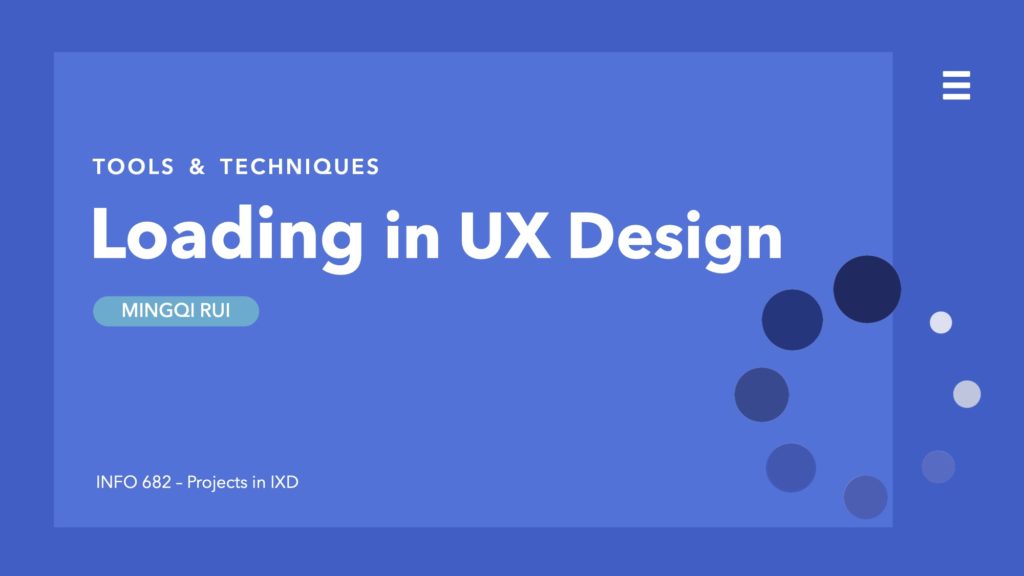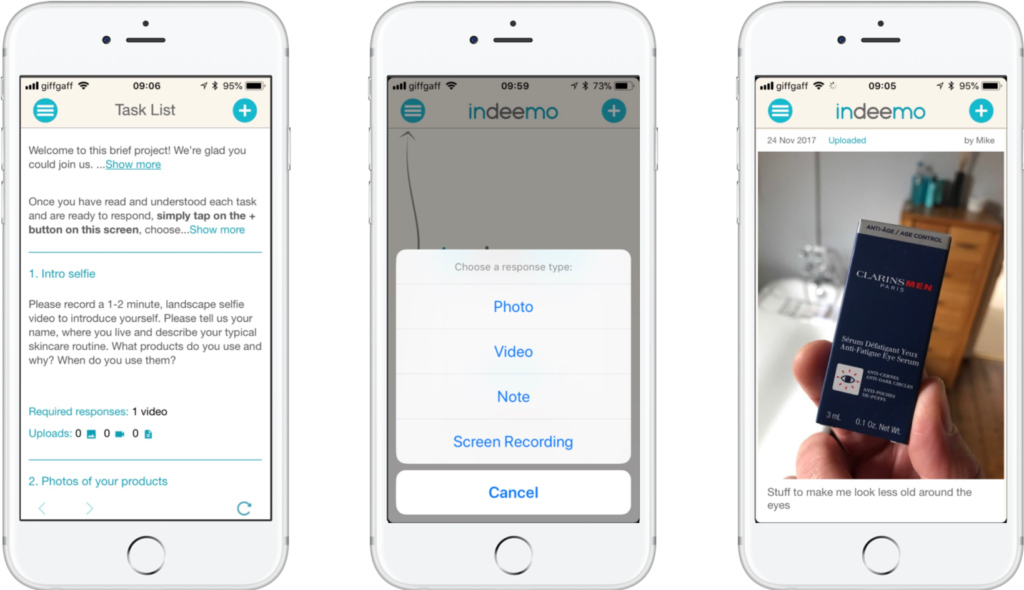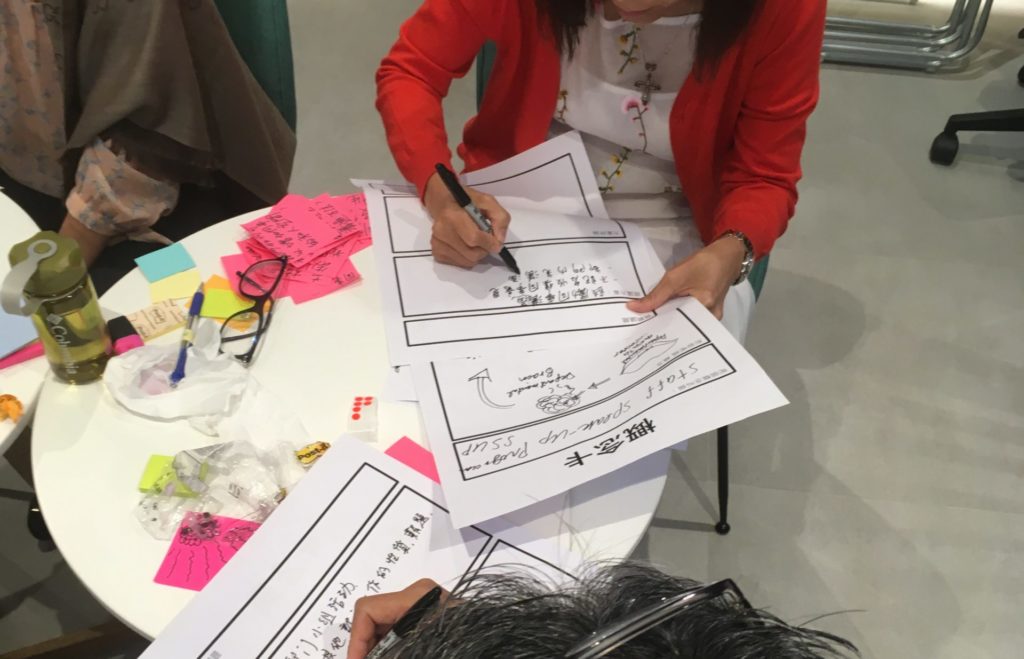Loading in UX Design
Loading can be understood as progress indicators for data presentation in the Internet environment. And it is also a state of visible feedback triggered when user interacts with media. Good loading design can reduce user’s uncertainty and perception of time. The Logic of Loading Data is presented to users through a series of complex flows. […]
Loading in UX Design Read More »





